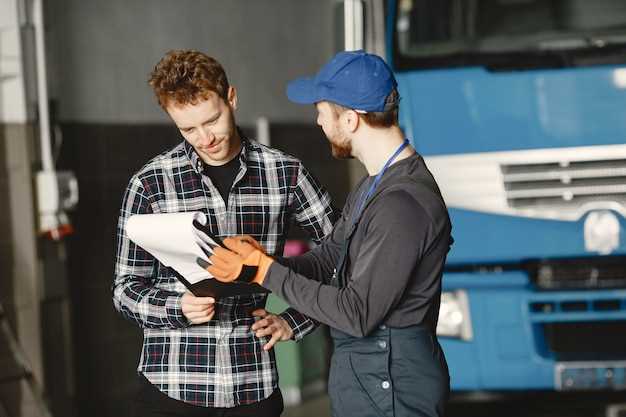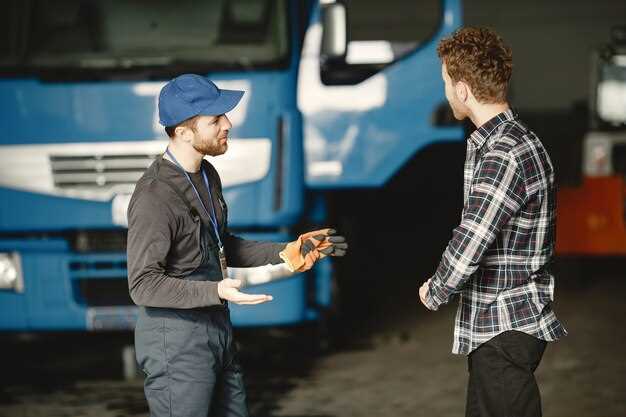
The automotive market has witnessed a significant shift in the resale potential of salvage vehicles, particularly those that sell with remarkable speed. The agile processing of these vehicles, often characterized by their ability to be quickly refurbished, has contributed to a dynamic landscape where both consumers and sellers are increasingly focusing on efficiency. A deeper understanding of the trends surrounding the fastest selling salvage vehicles offers crucial insights for buyers, sellers, and industry stakeholders alike.
In recent years, the demand for salvage cars has surged, driven by economic factors and changing consumer preferences. Buyers are not only looking for affordable options but also vehicles that can be swiftly restored and put back on the road. This increasing speed of sales highlights a pivotal development in the resale market, where timeliness is often as important as the value or condition of the car itself. Additionally, as the stigma surrounding salvage titles diminishes, a larger segment of the population is entering this market.
Understanding the specific characteristics of the fastest selling salvage vehicles is essential for anyone looking to optimize their purchasing strategy. Key features such as brand popularity, repair costs, and overall market trends play significant roles in determining resale speed. By analyzing these factors, stakeholders can better anticipate shifts in demand and make informed decisions that align with market opportunities.
Analyzing Which Salvage Vehicles Sell the Quickest in Today’s Market

In the ever-evolving landscape of the automotive market, understanding the trends surrounding salvage vehicles is crucial for both buyers and sellers. The speed at which certain salvage vehicles sell can significantly impact resale values and overall profitability. Analyzing current demand can provide insights into which types of salvage vehicles are the hottest commodities in today’s marketplace.
Several factors contribute to the quick sales of salvage vehicles:
- Market Demand: Vehicles that are in high demand tend to sell faster. For instance, popular models from well-known brands often attract buyers quickly, regardless of their salvage title status.
- Type of Damage: The nature of the salvage vehicle’s damage plays a crucial role. Vehicles with cosmetic damage, which require minimal repairs, generally sell quicker than those with more extensive mechanical issues.
- Repair Costs: Buyers are more inclined to purchase salvage vehicles that have low repair costs associated with them. If the estimated repair expenses are manageable, resale value is likely to stay high, driving a faster sale.
- Desirability: Certain vehicle types, such as SUVs and trucks, often have a higher resale value compared to sedans, leading them to sell more quickly in the salvage market.
Analyzing data from salvage auctions and sales can reveal specific trends:
- Compact Cars: Often, compact cars attract buyers due to their affordability and fuel efficiency, resulting in quicker sales.
- Luxury Vehicles: While they may have higher salvage values, luxury vehicles can also sell quickly if they are priced competitively after damage assessment.
- Pickup Trucks: As a demand for utility vehicles remains strong, salvage pickups often see fast movement in the market.
In conclusion, the speed at which salvage vehicles sell in today’s market is influenced by a combination of factors including overall demand, type of damage, and desirability. By analyzing these elements, sellers can better position their salvage vehicles for quick sales, maximizing their potential for profitable resale.
Key Factors Influencing the Resale Speed of Salvage Cars

The resale speed of salvage cars significantly depends on several key factors that affect both demand and market dynamics. Understanding these factors can help buyers and sellers navigate the salvage vehicle market more effectively.
1. Vehicle Condition: The overall condition of a salvage car is a primary factor influencing its resale speed. Vehicles with minor damage or easily repairable issues tend to attract buyers more quickly, as they represent a better investment. In contrast, cars with extensive damage or mechanical failures may linger on the market for an extended period.
2. Make and Model: Certain brands and models have a higher resale demand, which directly impacts their selling speed. Popular vehicles, especially those known for reliability and efficiency, often sell faster. Potential buyers are generally more interested in models that have a strong reputation and a robust aftermarket support.
3. Market Trends: Current market trends play a vital role in resale speed. Economic conditions, fuel prices, and consumer preferences can shift quickly. In periods where fuel-efficient or electric vehicles are in high demand, salvage cars that align with these preferences will likely sell faster.
4. Documentation and Transparency: Having complete and clear documentation regarding the salvage title, repair history, and any inspections can greatly enhance the resale speed. Transparency builds buyer confidence and can expedite decision-making processes, thereby reducing waiting times for sellers.
5. Pricing Strategy: Competitive pricing is critical in ensuring a quick sale. Sellers must evaluate comparable vehicles in the market to set a fair price. Overpricing can lead to prolonged selling periods, while reasonable pricing can generate interest and foster quicker offers.
6. Location: The geographical location significantly affects the demand for salvage vehicles. Urban areas often exhibit higher demand due to larger populations, while rural locations may experience slower sales. Regional preferences for certain types of vehicles also influence resale speed.
7. Marketing and Visibility: The methods employed to market salvage cars can determine their resale speed. Effective advertising through online platforms, social media, and salvage vehicle auctions increases visibility and can attract a broader audience of potential buyers.
By considering these factors, both sellers and buyers can better navigate the complexities of the salvage vehicle market, ensuring a more efficient resale process that aligns with current demand and maximizes speed.
Current Demand Trends for Salvage Vehicles Among Buyers
The market for salvage vehicles has witnessed notable shifts in buyer demand, driven by various factors such as economic conditions and consumer preferences. More buyers are turning to salvage cars, primarily due to their affordability and potential for higher resale value when properly repaired. In an increasingly budget-conscious environment, many individuals and small businesses are finding salvage vehicles to be an attractive alternative to traditional used cars.
One of the prominent trends is the surge in interest for specific types of salvage vehicles. Sport utility vehicles (SUVs) and pickup trucks are currently leading the demand curve, as buyers seek powerful and versatile options for both personal and commercial use. These categories often retain a strong resale value, making them an appealing choice for those looking to invest wisely in their purchase.
Additionally, the growth of online auction platforms has made the process of acquiring salvage cars more accessible. The transparency and convenience of these platforms have attracted a new demographic of buyers, including those who might not have previously considered purchasing salvage vehicles. This expansion of the buyer pool contributes to an increase in demand, as consumers become more informed about the possibilities for profit through careful restoration and resale.
Another factor influencing buyer preferences is the increasing awareness of environmental sustainability. Many buyers are now viewing salvage vehicles as a way to contribute to a greener economy by recycling parts and reducing waste. This shift in attitude has enhanced the appeal of salvage cars, particularly among younger buyers who prioritize eco-friendly practices.
In summary, the current demand trends for salvage vehicles reflect a complex interplay of economic factors, buyer preferences, and evolving market conditions. Understanding these dynamics is essential for industry stakeholders who aspire to navigate the rapidly changing landscape of salvage vehicle sales successfully.
